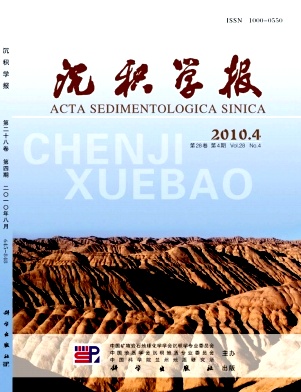Fluvial Sequence Stratigraphy Mode and Isochronous Strata Correlation
- Received Date: 1900-01-01
- Rev Recd Date: 1900-01-01
- Publish Date: 2010-08-10
-
Key words:
- fluvial sequence stratigraphic model
Abstract: There exist some faults about the factor controlling sequence and the system tract partition in the former fluvial sequence stratigraphic models. The author finds that there are some terrace staircases in the fluvial valley during the fluvial parasequence correlation of He 8th in Sulige gas field. Studies about modern valleyform show that the secondary intermittent tectonic uplifts during the first tectonic uplift led to the alternation of vertical erosion and lateral erosiondeposition, which forms the terrace staircases. And the first tectonic fall led to base level uplift and the change of new space added, which will control the sandbody distribution. According to the role of tectonic during forming fluvial sequence and the contact relationship between terrace staircases and their surrounding formations, the author modifies Wright, et al (1993) fluvial sequence stratigraphic model, and he thinks that the tectonic movement controls the fluvial sequence. The hemicycle of tectonic uplift forms the regressive systems tract that is made of a series of relative isochronous terraces staircases. And the hemicycle of tectonic fall forms the lowstand systems tract, transgressive systems tract and highstand systems tract. The lowstand systems tract includes some filling sedimentary compound in the fluvial valley. The transgressive systems tract and the highstand systems tract are the same as the corresponding systems tract in the Wright, et al (1993) model.
| Citation: | HU Guangming. Fluvial Sequence Stratigraphy Mode and Isochronous Strata Correlation[J]. Acta Sedimentologica Sinica, 2010, 28(4): 745-751. |






 DownLoad:
DownLoad: